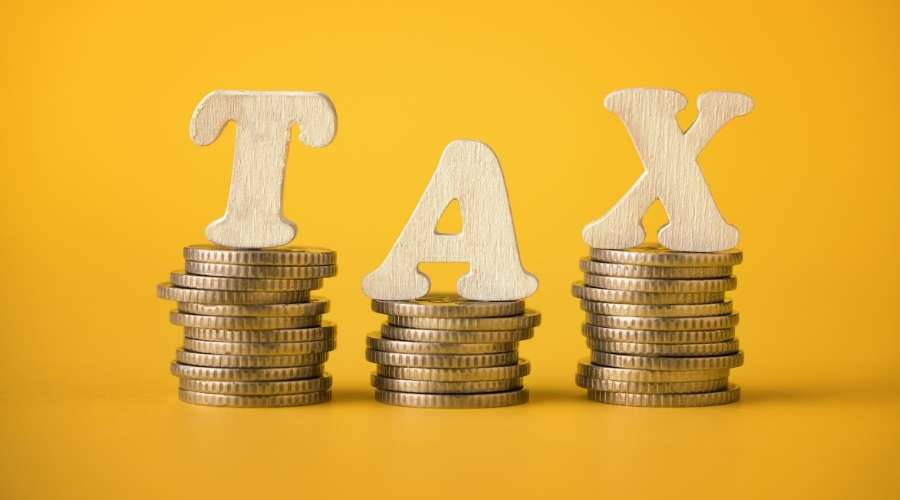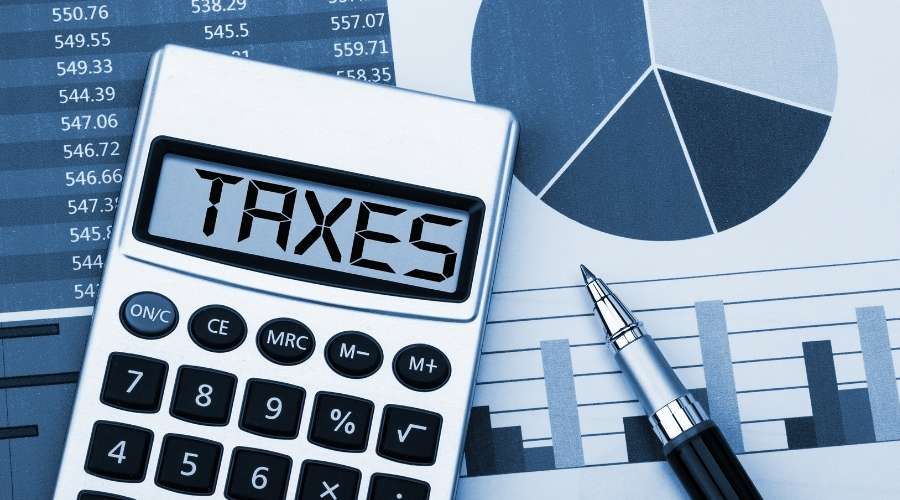Gold and silver are bought for various reasons, but their prices fluctuate based on their relative demand and supply. There is a large demand for these items; at other times, the demand falls as people prefer other commodities or precious metals. This can result in some unusual situations where gold prices rise while silver prices fall.
The Federal Reserve’s policy instrument, interest rates, affect how much money there is in circulation and thus how much gold and silver will be demanded. The Federal Reserve’s monetary policy combines interest rates set by the Federal Reserve Board and reserve requirements, the percentage of deposits banks must hold on hand as reserves. The purpose of these reserve requirements is to provide sufficient reserves to meet depositors’ demands and stabilize the banking system.

When the Federal Reserve lowers interest rates, more money is in circulation, increasing the prices of gold and silver. In the late 1970s, the Federal Reserve began to reduce interest rates as part of its efforts to stimulate economic growth. At the same time, it raised the reserve requirements on banks and tightened the money supply, causing a strong deflationary contraction in many parts of the world.
One result of this combination was that gold and silver jewelry demand rose sharply. For example, in 1979, gold jewelry sales accounted for 35 percent of total U.S. jewelry production; gold ring sales alone accounted for 43 percent. Silver rings were the second largest item in 1980, accounting for 17 percent of total ring sales. Silver has been more profitable for its manufacturers, and many jewelry stores now charge a premium for silver over gold.
The U.S. Mint has also experienced an increased demand for gold and silver coins, mainly American Eagle bullion coins, which are available in gold and silver grades. In 1980, the first year of their issuance, 38 million American Eagle bullion coins were sold in gold and 10 million in silver. In 2008, sales hit a record high of 65.5 million and 5.3 million in gold and silver, respectively.
Because a price premium is now charged for gold over silver, demand for the lower-priced metal has declined significantly. The shift to higher gold prices also results in greater profits for the manufacturers of jewelry who purchase more of the more expensive metal than silver.
In response to the increase in demand for gold jewelry, additional supplies of gold and silver are now being mined. Most of these new supplies are in the form of gold concentrates and scrap, but we have seen an increase in new mining companies that produce more than just gold. Silver mines were also profitable with greater production, although this is a fairly small percentage of global supply.

Is Gold Tax-free?
Like most other precious metals, it is not taxed as such. Several different tax implications may apply to gold and silver:
- They can be subject to customs duties on importation.
- They can be classified as foreign currency when a foreign person purchases and are subject to exchange controls.
- They can be used to satisfy pension or retirement programs with special requirements for purchase from the government or designated financial institutions.
These provisions are important in the United States, where they affect certain consumers and institutions. The Federal Tax Code classifies precious metals as collectible, intangible personal property. This means that precious metals are not subject to the capital gains tax because they are not considered “real” or physical property.
Another tax code provision allows individuals to have up to $100,000 in collectibles exempted from income taxes for each designated year of their life. The reason is to encourage people to invest in collectibles that most will either grow in value or appreciate because of the enjoyment they get from the purchase.
This provision has been challenged by an individual convicted of tax fraud for improperly declaring gold and silver bullion as collectibles when they were investments. The courts are still debating this issue, but their decision may encourage Congress to change the law. While the courts have decided to allow gold, silver, and other precious metals to be exempt from capital gains taxes, Congress has not moved forward to change the law.
The possibility of a bailout of U.S. gold and silver may increase demand for precious metals. Because they are exempt from capital gains taxes and are viewed as a safe investment, investors are likely to hold them until interest rates fall below a certain level. This may require a bailout before the tax exemption is removed.
The potential for renewed precious metal demand will have to wait until there has been more time for monetary expansion and a decline in interest rates. The rescue of some banks will not be sufficient to create the strong demand needed to justify higher price targets in the next few years.
A gold loan is a form of financing where gold and silver are used as collateral for the loan.
